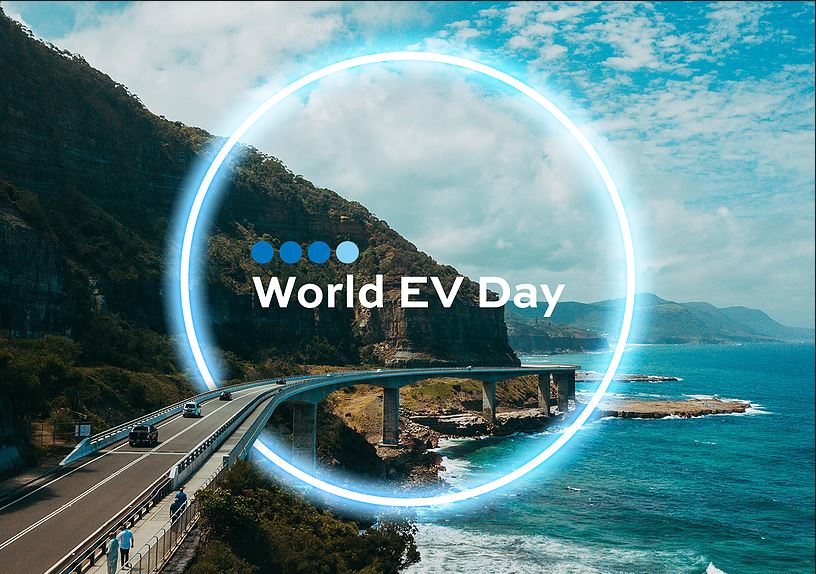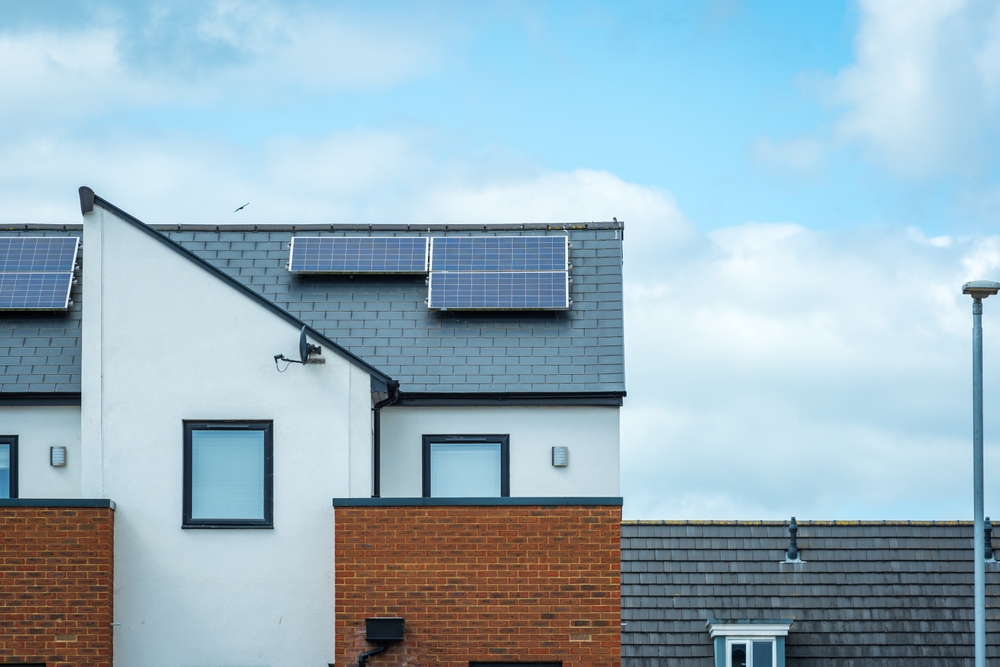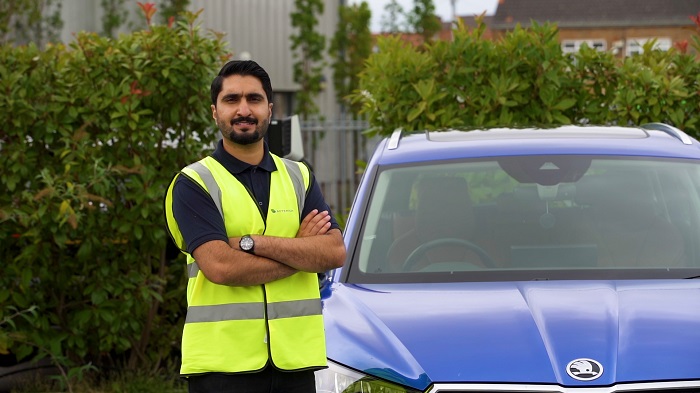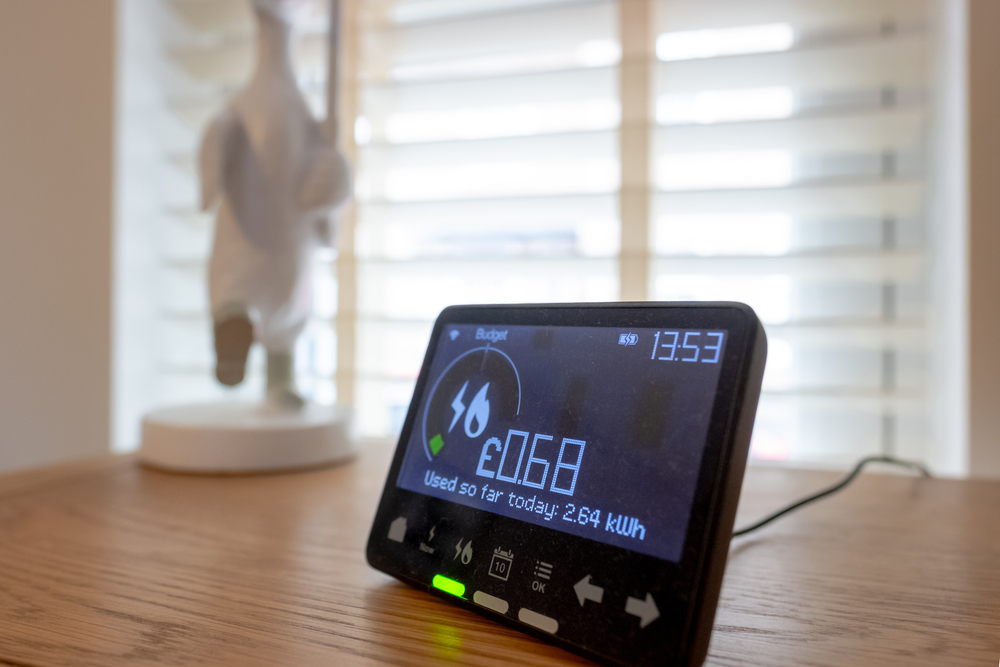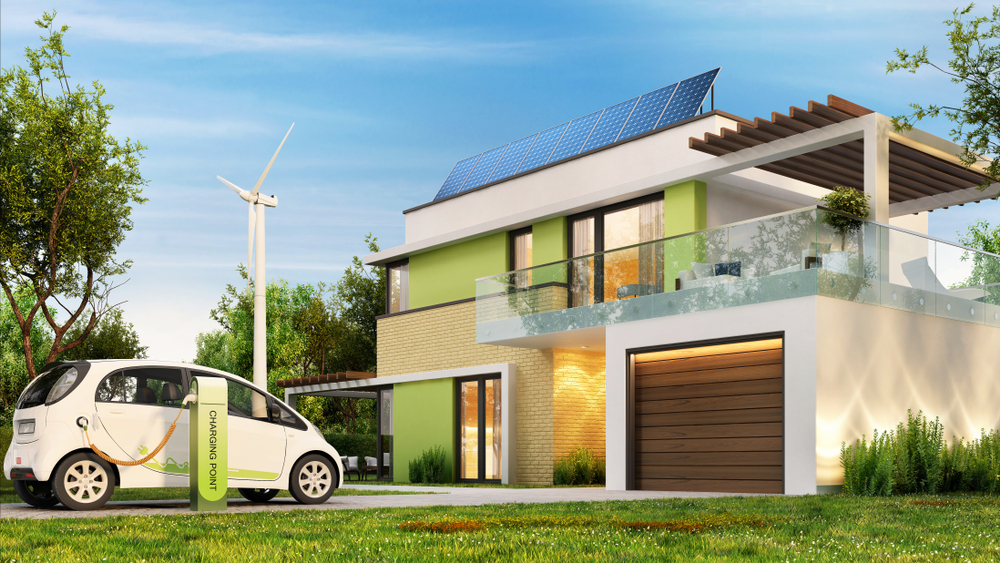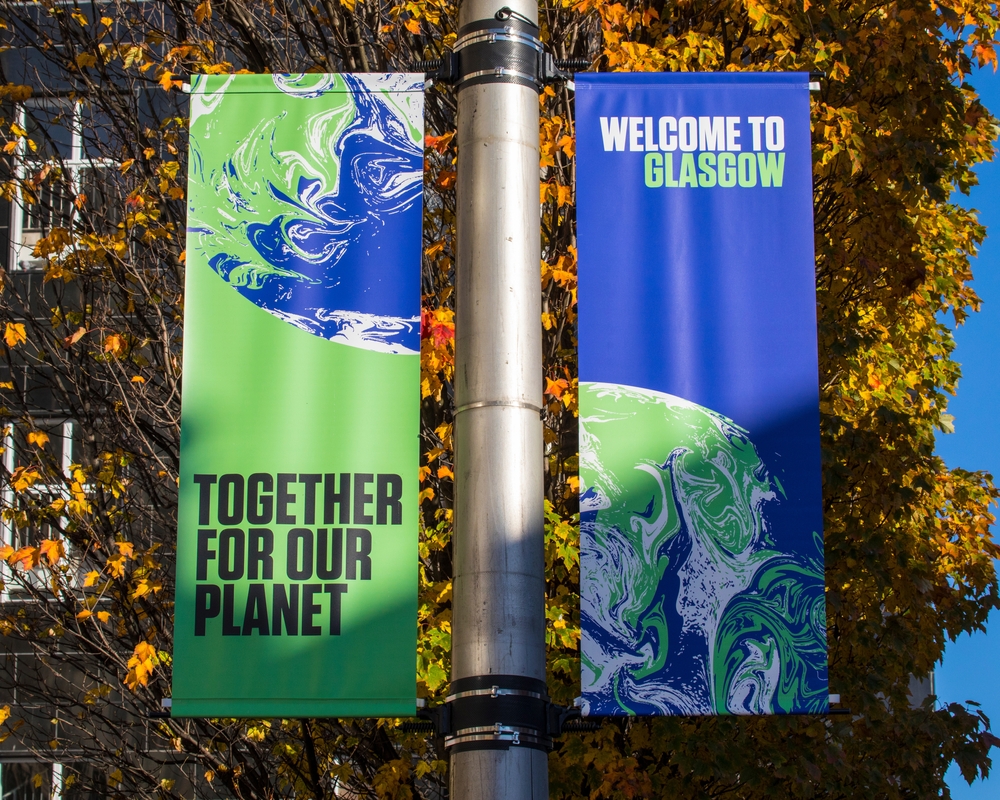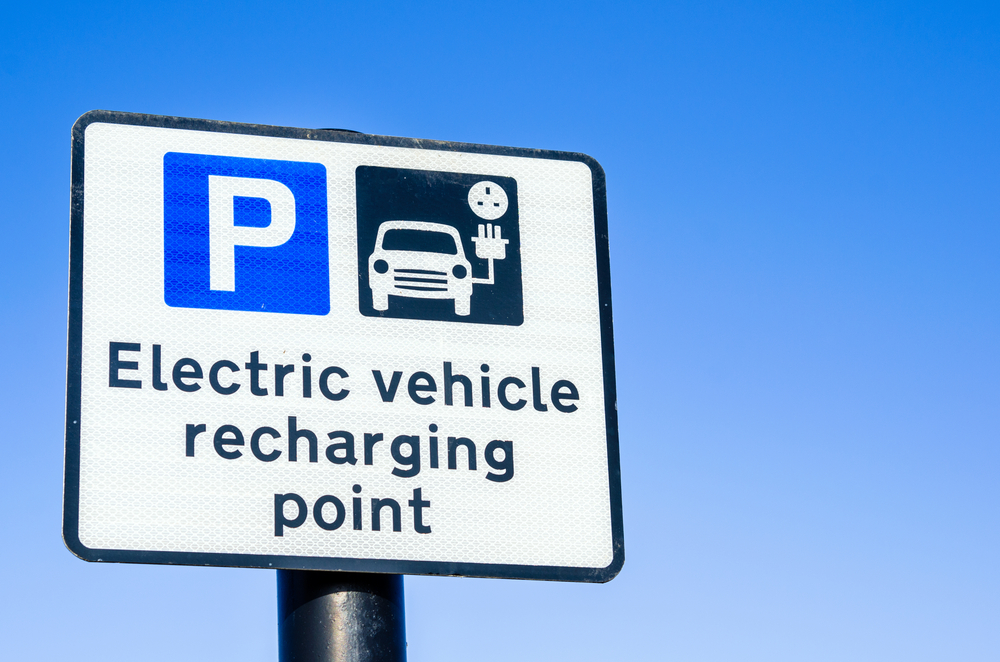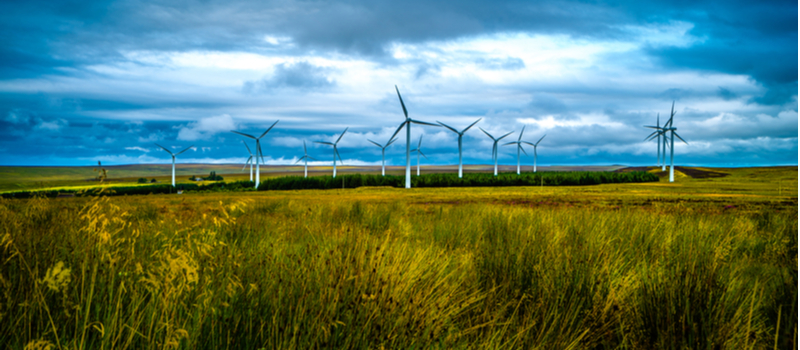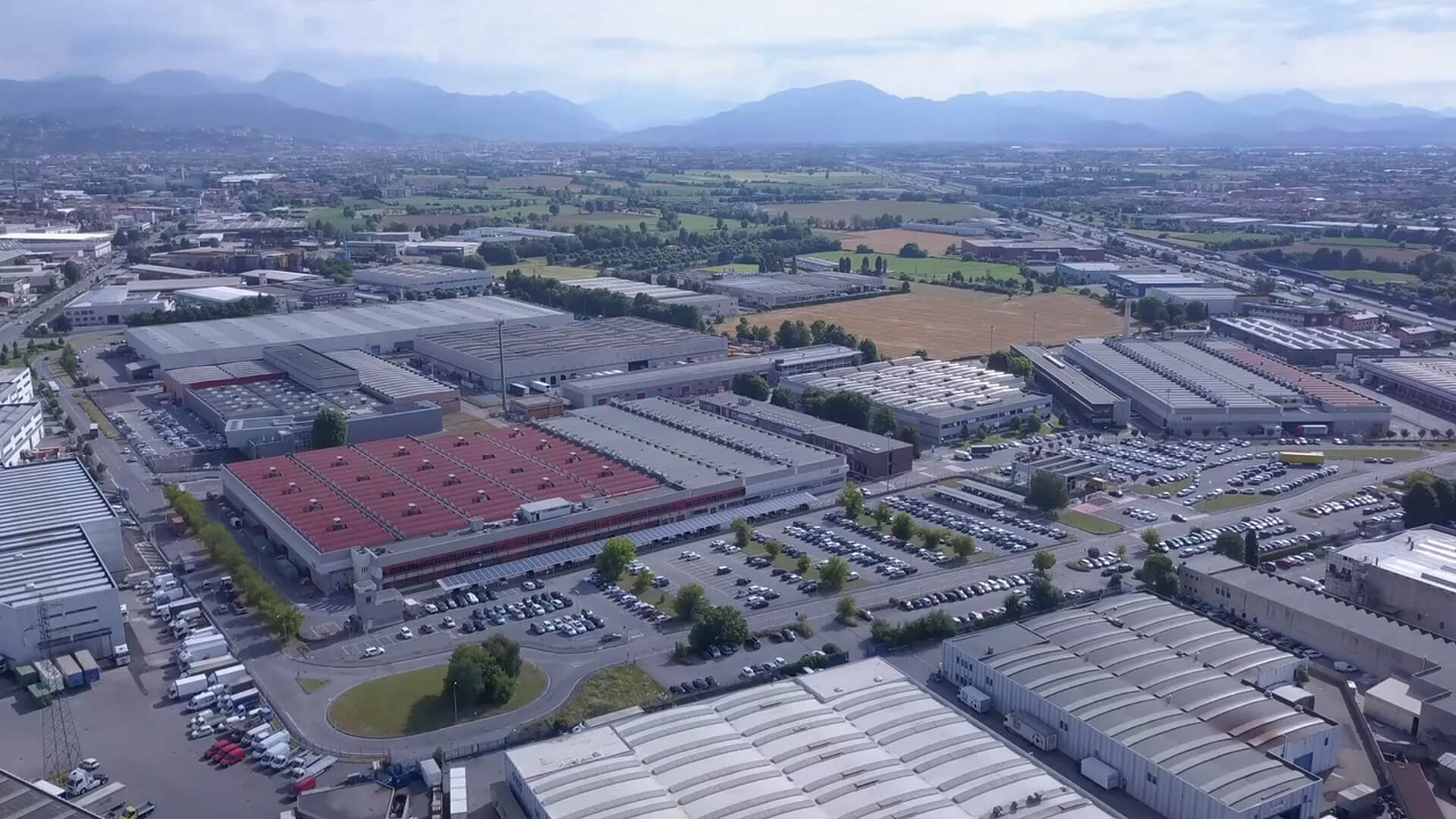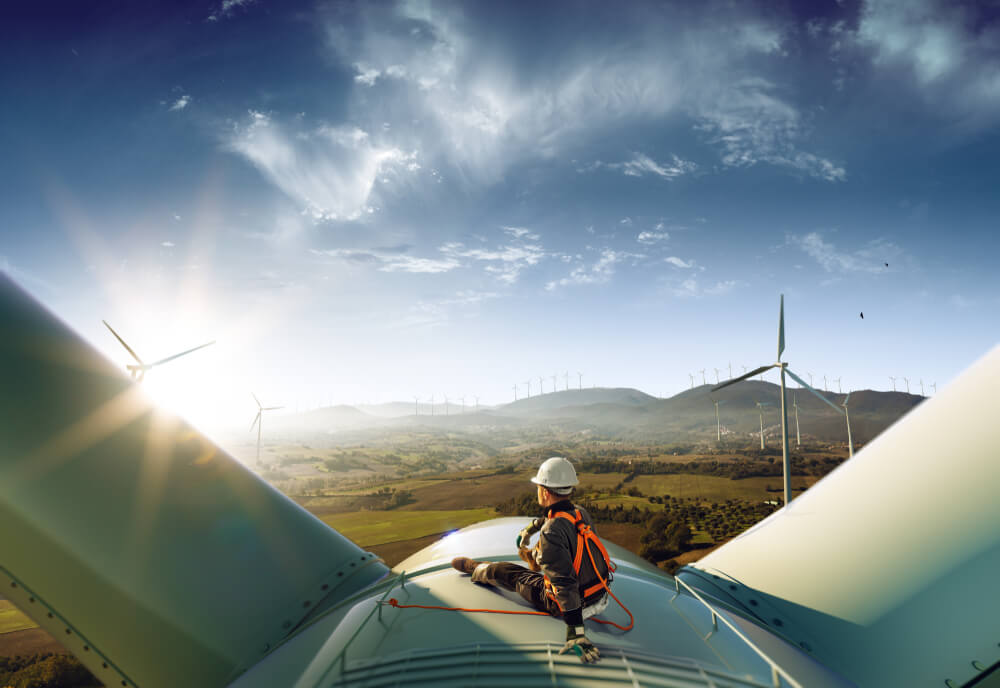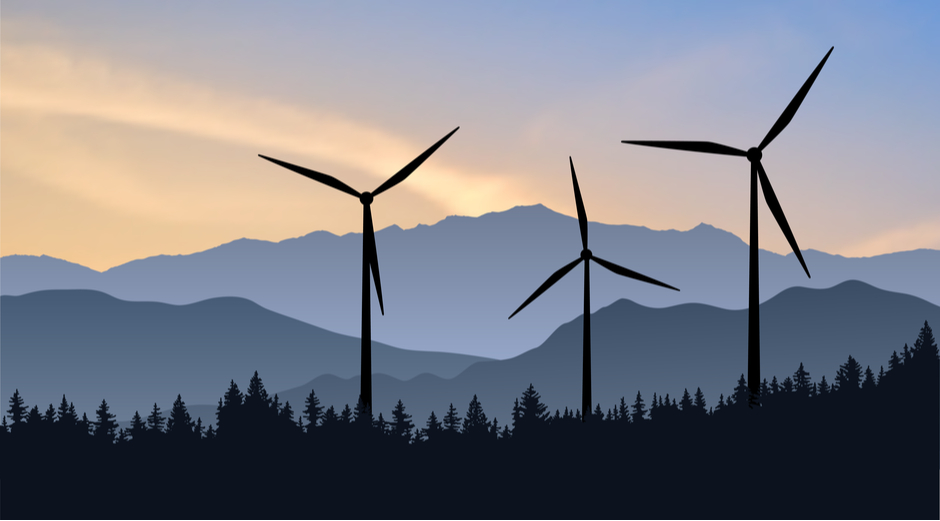High net worth, low carbon footprint
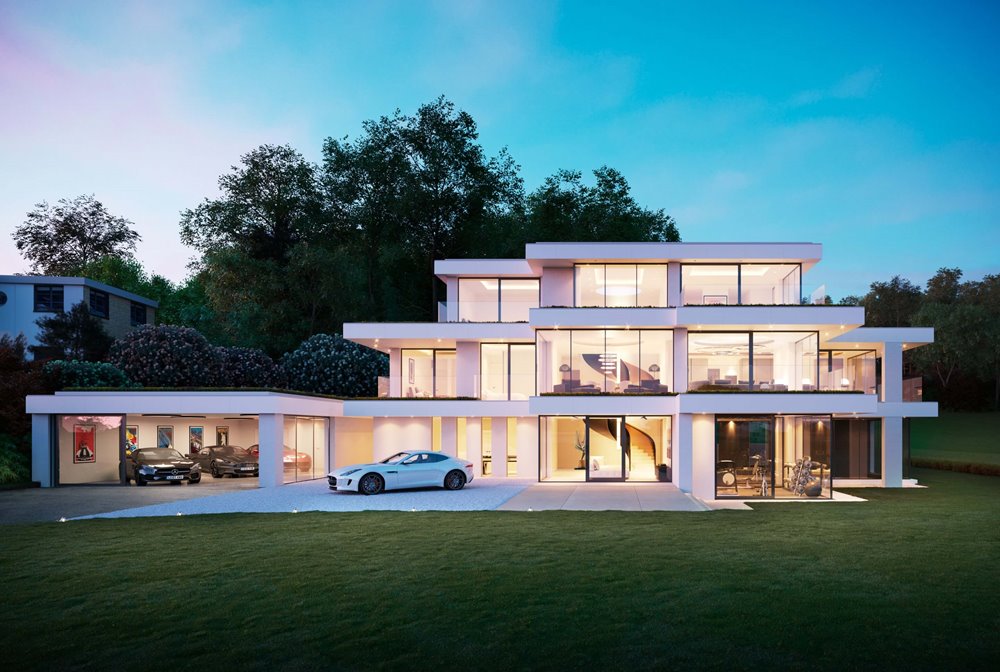
The words ‘eco’ and ‘mansion’ are rarely used in the same sentence, let alone together in one word. But for EcoMansions founder and CEO Kelly Penson, they represent his ambitious vision for super high-specification houses which also offer excellent lifetime environmental performance.
By going through this process and showing how it can be done, we can encourage the luxury part of the industry to head in a more environmentally conscious direction
Enter ‘Ancona’ - a planned five-bedroom, six-bathroom, 10-reception room house in Hythe, Kent, which enjoys impressive panoramic views of the English Channel, and an adjoining golf course.

Its 8,300 square feet of stylish internal space will include a gallery-inspired entrance lobby and centrepiece two-flight helical stair, an elevator servicing the three above-ground floors, a luxury spa complex and gym, a stunning garage showroom, and a stylishly-lit wine cellar, amongst other features.
Tale of the tape
Ancona’s shell is a three-storey flat roof dwelling, plus basement. The flat roof elements consist of a mix of terraced balcony areas with the majority being laid to wild-flower sedum grass.
The glazing is an Austrian Passivhaus-rated triple-glazed system – hugely airtight, and designed for inclement conditions like the ‘near-horizontal rain’ sometimes seen in and around the Kent coast.
The solid wall construction mainly comprises 100 per cent recyclable 10Nm clay blocks (190mm thick) and 225mm of 100 per cent recyclable Portuguese cork, which creates an extremely efficient thermal envelope.
Meanwhile, three Vent-Axia MVHR (mechanical ventilation heat recovery) units will manage the internal environment. There will also be geothermal ducting in the garden along with a discreetly installed 8kW solar PV bank. Four Tesla Powerwall batteries will store generated electrical energy for subsequent use.
So far, so impressive - but EcoMansions, the company behind the £5.5m Ancona project, is looking to build this particular home to a ‘low to no carbon’, highly energy efficient, eco-specification.

With a background in manufacturing systems engineering, Kelly has always had a passion for property, nature and the environment, and the multi-million pound landmark Ancona project is the result of his efforts so far: an uncompromisingly luxurious home with excellent sustainability credentials.
Although Ancona is still on the drawing board, the plans suggest the building can achieve at least an SAP rating of 96. (The higher a building’s SAP score, the lower its running costs - 100 represents a net-zero energy cost, and a rating in excess of 100 shows a net exporter of energy).
Passnotes on Passivhaus…
Passivhaus is a rigorous standard for building energy efficiency: to be deemed Passivhaus-compliant, buildings must meet the following requirements:
An an annual heating and cooling demand of not more than 15 kWh/m2 per year, or be designed with a peak heat load of 10 W/m2
Total primary energy consumption (for heating, hot water and electricity) must not be more than 60 kWh/m2 per year
The building must not leak more air than 0.6 times the house volume per hour as tested by a blower door
Furthermore, the specific heat load for the heating source at design temperature is recommended, but not required, to be less than 10 W/m2
All this means that to achieve the Passivhaus Standard in the UK typically involves:
Accurate design modelling using the Passive House Planning Package (PHPP)
Very high levels of insulation
Extremely high-performance windows with insulated frames
Airtight building fabric
'Thermal bridge free' construction
A mechanical ventilation system with highly efficient heat recovery

“The whole team designed Ancona as a proof of concept”, says Kelly “We are currently looking to sell this particular luxury home through Savills, and then we’d like to build an eco-mansion every two years or so.”
The brief for the project is for the finished property to cost no more to run energy-wise than an average family home (even including the costs of maintaining the swimming pool and jacuzzi). “Our core team comprises a conventional architect, a Passivhaus-qualified architect, and interior designer, a builder and a skilled project manager, plus a QS, and an M&E consultant,” says Kelly. “By working collaboratively right from the start of this project, we aim to show that super-prime homes can be truly sustainable, beautiful, and functional.”

“I’m expecting that by going through this process and showing how it can be done, we can encourage the luxury part of the industry to head in a more environmentally conscious direction.”
“At the customer end, there may be a broad perception is that most high net worth individuals don’t care much about the eco-friendliness of their homes,” Kelly added. However, he is certain there are “many high net worth individuals out there who would prefer to have lower environmental impacts, if it’s an option”.
Are you up to date with ECAtoday?
ECAtoday is the official online magazine of ECA and reaches thousands of people within the electrotechnical and engineering services industry.
.png?width=970&height=90&ext=.png)





